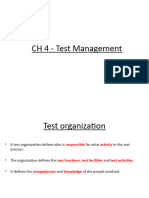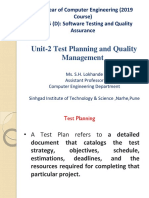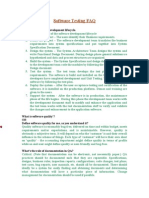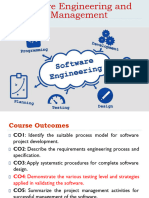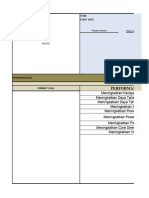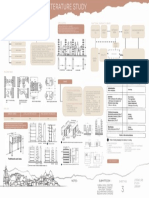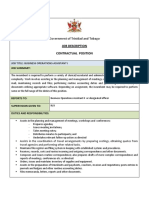0% found this document useful (0 votes)
293 views14 pagesPrototype Model in Software Engineering
The document discusses prototyping model in software engineering. It involves building prototypes, getting initial user feedback, and refining the prototypes until an acceptable final product is achieved. The prototyping model has six phases: requirements gathering, quick design, building a prototype, initial user evaluation, refining the prototype based on feedback, and implementing the final product. This iterative process is useful when requirements are unclear at the start of a project.
Uploaded by
Loris MaineCopyright
© © All Rights Reserved
We take content rights seriously. If you suspect this is your content, claim it here.
Available Formats
Download as DOCX, PDF, TXT or read online on Scribd
0% found this document useful (0 votes)
293 views14 pagesPrototype Model in Software Engineering
The document discusses prototyping model in software engineering. It involves building prototypes, getting initial user feedback, and refining the prototypes until an acceptable final product is achieved. The prototyping model has six phases: requirements gathering, quick design, building a prototype, initial user evaluation, refining the prototype based on feedback, and implementing the final product. This iterative process is useful when requirements are unclear at the start of a project.
Uploaded by
Loris MaineCopyright
© © All Rights Reserved
We take content rights seriously. If you suspect this is your content, claim it here.
Available Formats
Download as DOCX, PDF, TXT or read online on Scribd
/ 14








